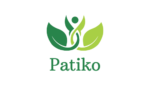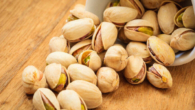
Myocardial infarction: symptoms, risks and prevention methods
0
Myocardial infarction can be prevented if you take care and avoid the risk factors that cause it!
It is provoked by insufficient blood flow to the heart muscle due to artery obstruction, which causes necrosis of the heart muscle.
Myocardial infarction occurs because the coronary arteries narrow, oxygen does not reach the myocardium, which first stops working and shrinks, and then becomes necrotic.
As a result, a very strong oppressive pain may appear in the sternum, which is sometimes felt in the jaw, neck, back, left and right arms, associated with cold sweat and dizziness.
In other cases, it causes pain in the upper abdomen, as well as difficulty breathing, vomiting and loss of consciousness.
Adverse consequences of myocardial infarction are:
Heart failure and congestion in the lungs.
Cardiac arrhythmias such as extrasystoles, fibrillations and ventricular blocks, which can be controlled with a pacemaker or a cardiac device. If the myocardial infarction is small, it can be controlled by influencing the risk factors to avoid a second attack and sudden death.
Myocardial infarction can be prevented by taking care of and avoiding the risk factors that cause it:
- Obesity
- Inadequate diet, rich in saturated fats, salt and sugar and poor in fruits and vegetables.
- Lack of exercise.
- Smoking.
- Stress
- Insomnia.
Lack of control over glucose levels, elevated blood cholesterol levels and elevated blood pressure.
Fiber is an important nutritional component for the prevention of myocardial infarction. As a result, it lowers blood cholesterol levels and helps eliminate it from the body. Of the 3 main sources of fiber, grains have the greatest impact on reducing the overall risk of heart attack.









Leave a Reply